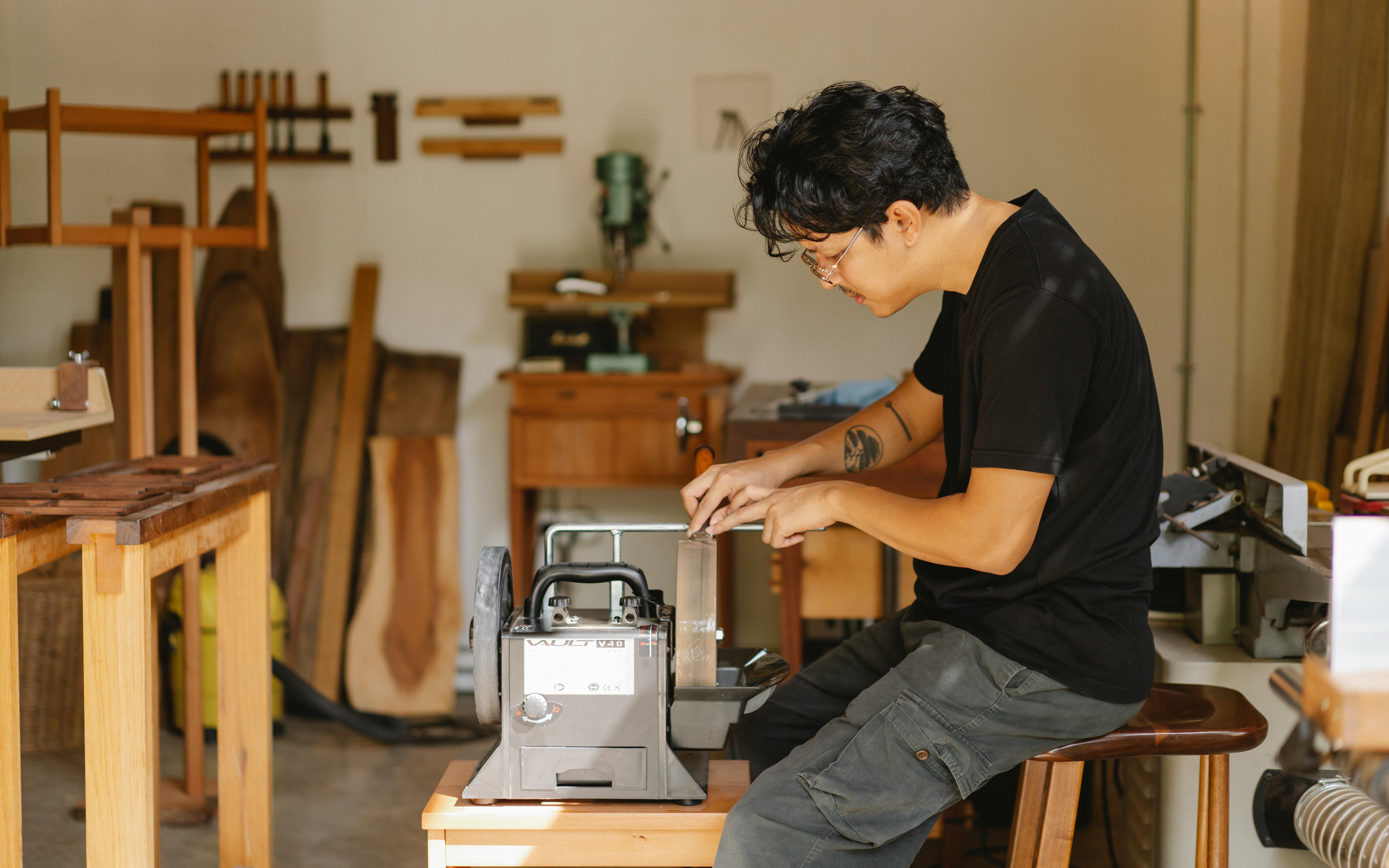
8 tips for setting up a fun children’s study area
admin
- 0
Parents . . . Do you want your children to succeed in school? Want less fuss when it’s time for homework?
Most parents realize that success in school leads to success in life. So how can parents encourage children to love learning? Consider establishing a “Children’s Study Zone” in your home.
These 8 tips will help you create a colorful and fun study zone that will encourage kids to tackle that task so they can tackle life as adults!
- Special place Set up a “special place” for your child to do his homework. Try to find a place (even if it’s a small corner) that is quiet and away from the TV and other distractions. Make it a “special place” just for them. Personalize the space with fun colors on the wall, disguised desk accessories, etc. It doesn’t have to cost a lot. Be creative!
- “functionality” Provide a good desk, chair, and filing space. Buy (or make) creative bulletin boards for class schedules, deadlines, sports schedules, etc. Use fun colors, stickers, and other cute kid-friendly embellishments. Paint furniture in bright, attractive colors.
- Provide desk accessories Provide suitable desk accessories. Use your imagination and creativity. Contact paper cut into cute shapes and clean soup or coffee cans can be good places for pens, pencils, rulers, crayons, etc. Recycle letterhead boxes with leftover paint or wallpaper for places to file documents.
- creative filing system Create a filing system with your child so they know where the papers are supposed to go. Color code for the functionality “functionality”. Blue for math, red for history, green for sports, etc. Double-sided tape and cork squares are an inexpensive way to provide places to hang artwork, sports tapes, etc. Consider a white board calendar. They are ideal for task reminders, project due dates, etc.
- color your world Children love colors and are not afraid to play with shapes. Paint is cheap, so paint the walls and furniture in bright, fun colors that your child loves. Shop for inexpensive, colorful plastic storage bins and boxes (or check out garage sales, thrift stores, etc.). Make their space as fun and positive as possible. If you (or someone you know) is handy with power tools, try making a kid’s desk. You can cut the wood into fun shapes (try a bean shape for a desk). Make sure it is the right size for your child.
- Reference materials Have reference materials on hand. A lot of information can be found online these days, but it never hurts to have a dictionary and other reference material handy. Put maps on the wall, find a cheap globe. Make a list of kid-friendly sites your child can access on the computer to research school projects.
- computers Computers are essential for children in America today. Even those who cannot afford a computer at home can use the public library. If you have a computer at home, make sure you have parental protections in place. The best advice to keep children safe on the Internet is . . . keep computers out of the child’s bedroom and place them in a more public space. Know where your child is going on the Internet. Talk about security concerns. If you can afford a new computer or laptop, consider buying one in a fun color.
- set a good example Children learn what they live. If they hear you complaining about learning, what will they learn? Remember little ears hear every damn thing! Speak positively about the school and the learning experience, support the teacher, volunteer at PTA and other school functions. Read to your child and let him/her read to you. Share the learning experience together. Share your wisdom with your child!
By following these 8 simple tips, you will create a positive environment for your child to grow and learn to love learning. This will set the stage for a positive future!

